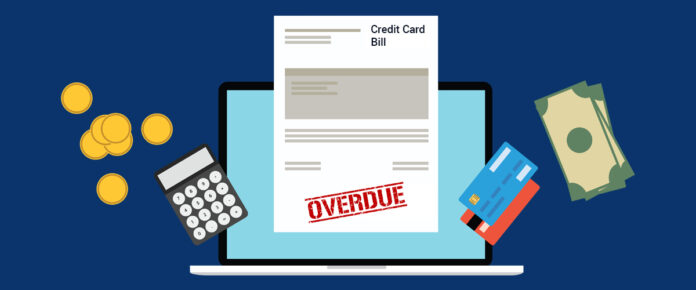Most credit cardholders use the conventional mode of payment at the end of every month — an online transaction — to pay their monthly credit card bills. However, there are other ways to make your credit card payments, both online and offline.
We expand on all the ways through which you can make this payment. We include an offline mode of payment section as well, in case you reside in an area where you do not have access to the internet.
We begin by explaining a basic term, the billing cycle and its correlation with credit card payments. We then move on to the crux — the different modes of credit card payments. We first expand on the various modes of online credit card payments, namely, internet banking, national electronic fund transfer systems, mobile wallets, auto-debit services and BillDesk.
We then move on to the various modes of offline credit card payments, namely, writing a cheque, ringing up the customer care service line, visiting your local bank’s branch and visiting the closest automated teller machine. We also provide you with basic definitions of terms that are relatively novel to customers.
But first, what is a Billing Cycle?
It refers to the duration of time between your current credit card bill payment and your next credit card bill payment. At the end of each billing cycle, all your credit card expenses are compiled by your credit card issuer. You then have to make a credit card payment based on your outstanding balance by a specific due date.
Modes of Online Credit Card Payments
Internet Banking: This is the most common method through which an individual pays their monthly credit card bill, and is also a very straightforward process. Visiting your service provider’s website, entering your credit card details and making the pertinent payment completes the credit card payment process.
National Electronic Funds Transfer System: This mode of payment requires the setting up of a bank account. Through any bank account, you can click on the ‘Funds Transfer’ option, add your credit card under the payee section and make the payment. Other details such as the card number, bank branch IFSC code and so on need to be added.
Mobile Wallets: This mode of payment has become increasingly popular with the progress in time. To complete making a credit card payment through a mobile wallet, you would have to download a mobile wallet application (Paytm, for instance), charge or recharge your wallet, add your credit card details and make the payment.
BillDesk: BillDesk is a payment platform through which credit card payments (among other payments) are made. To make a payment through this platform, you do not need to individually create an online account. Most banks and financial institutions have their own distinctive BillDesk platform, and each of them offers their customers varying payment options. Visiting your credit card grantor’s page for information on how to make the payment is recommended, as each of them come with different processes. In general, however, using this mode of payment is simple, and requires a bank account or debit card through which the money can be used to pay the credit card bill amount.
Auto Debit Service: By linking your net banking account with your savings or current account, you can avail this facility. You would be required to provide certain instructions about what amount you wish to pay every month, and when you wish for it to be paid. After the processing of these instructions, the amount will be deducted from your account on a certain day every month. Selecting either the minimum amount or the total amount that you wish to pay every month is important.
Modes of Offline Credit Card Payments
Ringing up Customer Care: Making your credit card payment through this method requires both your credit card grantor and bank account source to be the same. If it is the same, merely dialling up your bank’s customer care line and providing the bank with your credit card details will complete the payment process. In most cases, you will be conversing directly with an interactive voice response system to prevent the misuse of the credit card details you provide.
Visiting your Local Bank’s Branch: Visiting your bank’s branch to make the credit card payment is another way to securely complete this offline payment process. You would have to provide the person standing over the counter with a deposit slip that is filled in with your credit card details.
Visiting an Automatic Teller Machine: Following the instructions provided to you by the closest automated teller machine (ATM) is another method through which you can successfully pay your credit card bill. You would have to merely insert your debit card into the payment kiosk machine to instantly complete this task.
Writing a Cheque: This is the most indirect form of credit card payment, and is usually not considered by most individuals for this reason. We have decided to still mention it here in case you run out of options and need to pay your credit card bill urgently. To successfully complete your credit card payment via cheque, you would have to write and submit a cheque with the credit card bill amount to your nearest ATM dropbox or bank branch. Submitting a cheque is usually not considered an effective method of payment because it takes around three days for the amount to get transacted. It can take even longer if your credit card grantor and bank account are not linked.
The final word
Your credit card bill can be paid in several different ways. Before discussing the modes of credit card bill payments, we explained what a credit card billing cycle is. We then proceeded to cover the different online modes of payment — internet banking, BillDesk, auto-debit service, mobile wallets and the national electronic funds transfer system. We conclude by also mentioning the offline modes of payment, namely ringing up customer care, visiting your local bank’s branch, visiting an ATM and writing a cheque.











